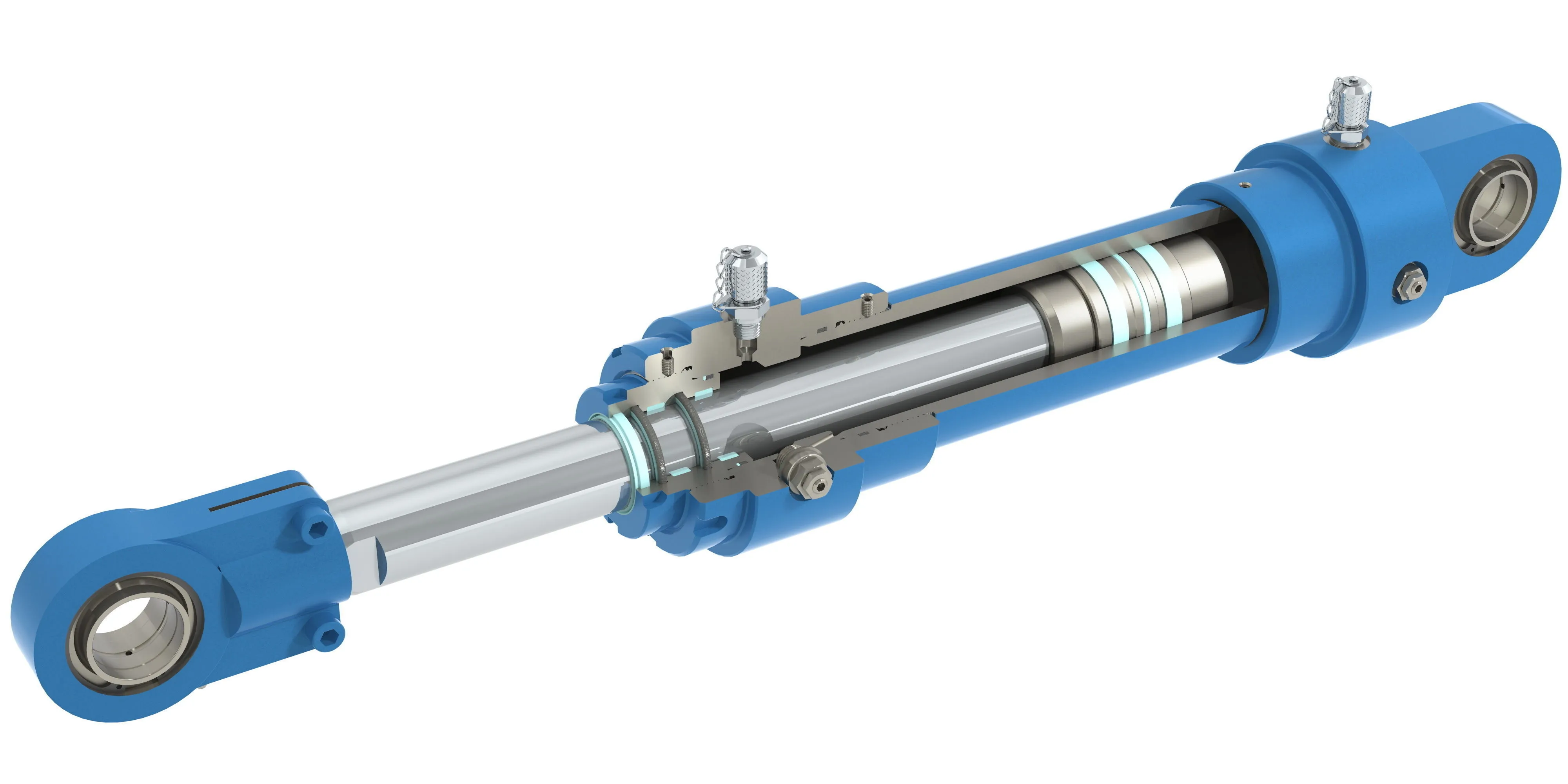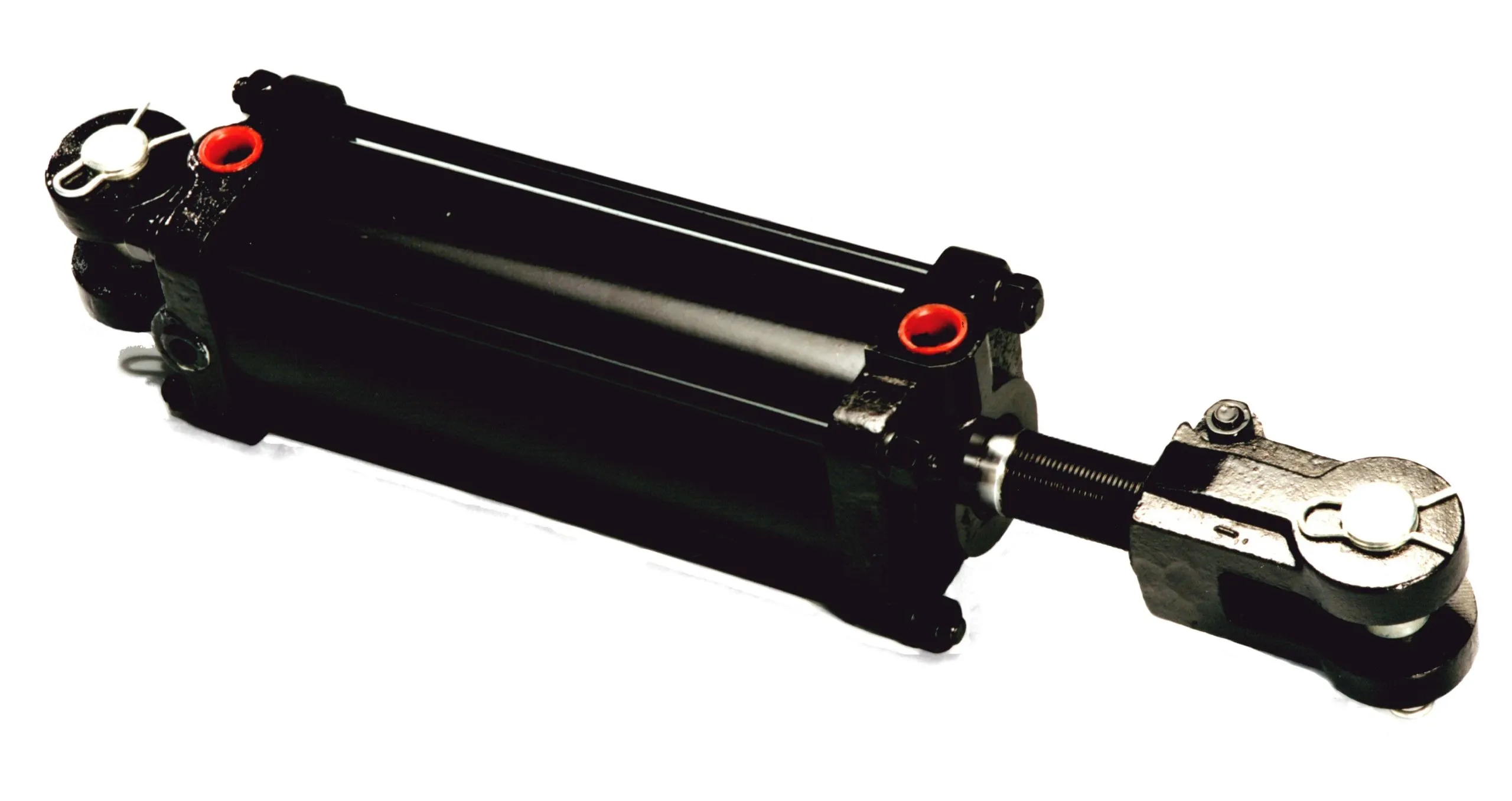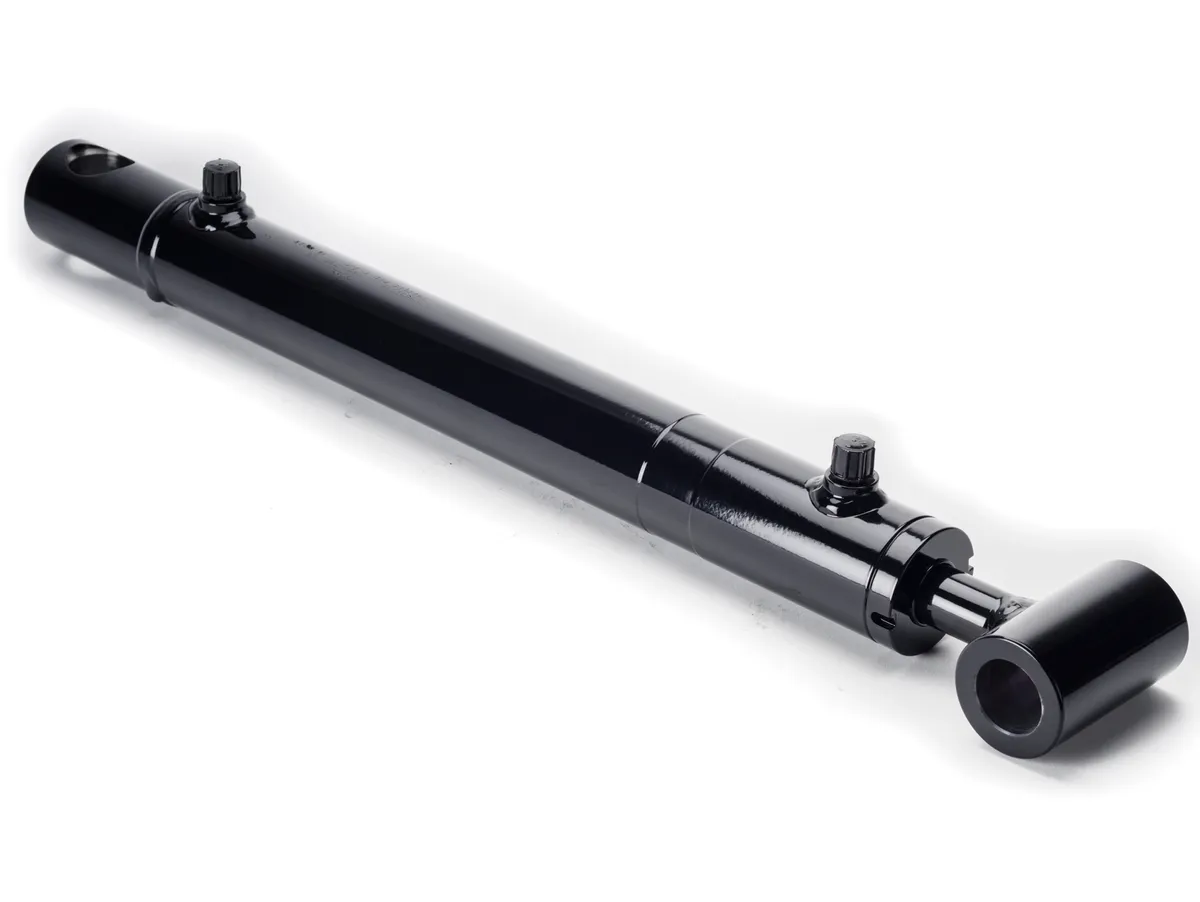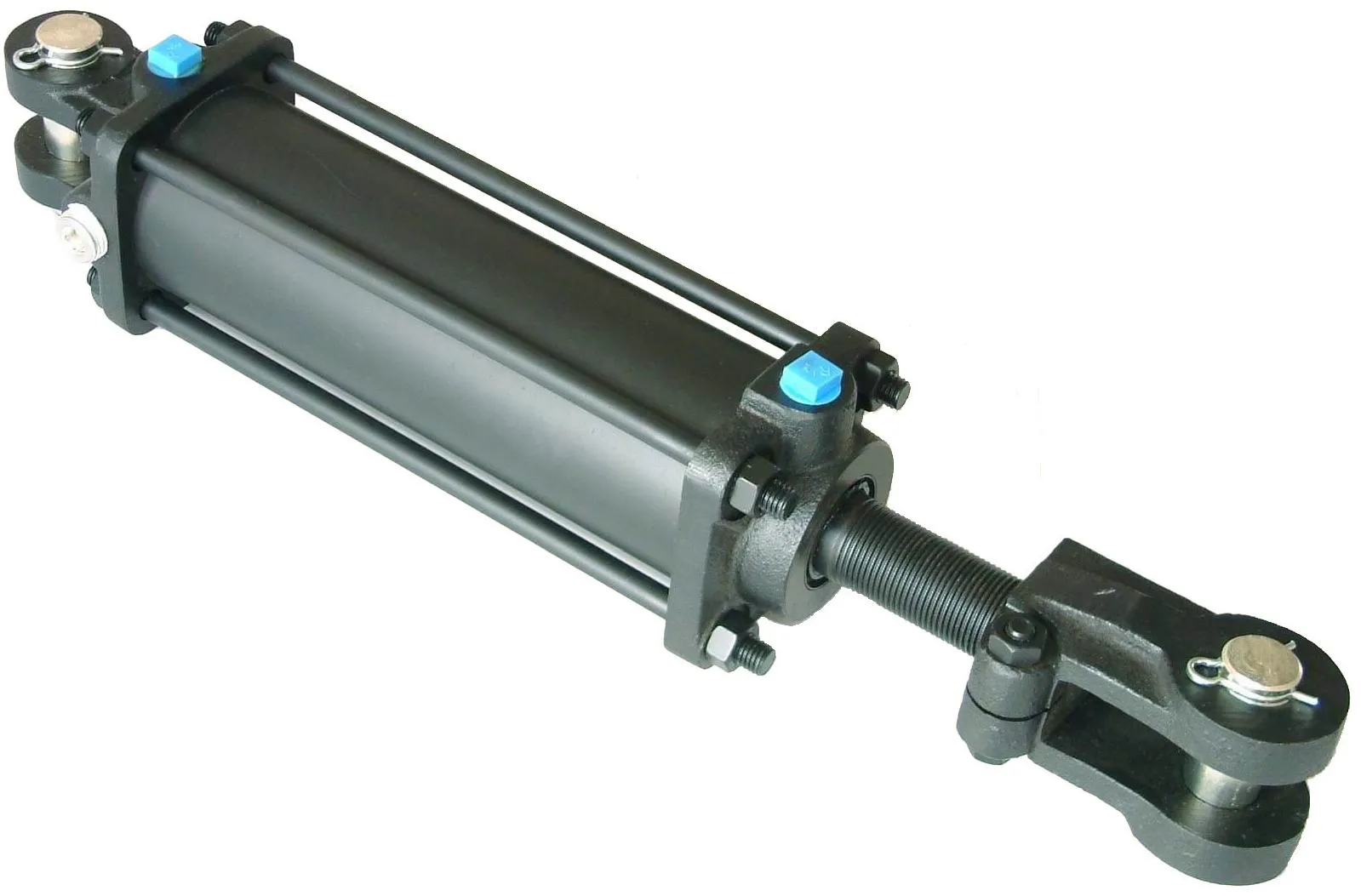Understanding Double-Stage Telescopic Hydraulic Cylinders
Introduction
In the world of hydraulic systems, the term “double-stage telescopic hydraulic cylinder” refers to a sophisticated mechanism that plays a crucial role in various industrial applications. Let’s delve into the design, working principle, types, advantages, applications, maintenance, installation, troubleshooting, safety standards, and more of this remarkable hydraulic cylinder.
Design and Composition
Double-stage telescopic hydraulic cylinders consist of a series of stages that extend and retract to provide the desired output force. The internal and external stages work in tandem to ensure smooth operation and efficient performance. The materials used in these cylinders, such as high-quality steel for the cylinder and piston rod, durable seals, and compatible hydraulic oil, are carefully selected to withstand high pressures and harsh environments.
Working Principle
The hydraulic system integrates sensors and feedback mechanisms to control the extension and contraction of the double-stage telescopic hydraulic cylinder. This process involves precise coordination of hydraulic fluid flow, pressure regulation, and load sensing to achieve optimal performance.

Types and Configurations
There are three main types of double-stage telescopic hydraulic cylinders, each with unique configurations tailored to specific applications. These cylinders vary in size, stroke length, and load capacity to meet the diverse needs of different industries.

Advantages
The advantages of double-stage telescopic hydraulic cylinders include enhanced lifting capabilities, improved stability, precise control, increased efficiency, and reduced maintenance costs. These cylinders are widely used in dump trucks, cranes, aerial platforms, and material handling equipment.

Applications
Double-stage telescopic hydraulic cylinders find extensive use in various industries, including construction, mining, agriculture, and transportation. Their versatility and reliability make them indispensable in demanding work environments.
Comparison with Single-Stage Cylinders
When choosing between double-stage and single-stage telescopic hydraulic cylinders, it is essential to consider factors such as load capacity, stroke length, and extension capabilities. Each type has its advantages and disadvantages, depending on the specific requirements of the application.
Maintenance and Inspection
Regular inspection and preventive maintenance are crucial for ensuring the optimal performance and longevity of double-stage telescopic hydraulic cylinders. Proper lubrication, seal replacement, and calibration inspections are essential tasks that should be performed at regular intervals.
Installation Steps
Proper installation of double-stage telescopic hydraulic cylinders involves integrating them seamlessly with the hydraulic system using techniques such as wedge, flange, or trunnion installation. Careful consideration of installation options and techniques is vital to ensure efficient operation.
Fault Diagnosis and Troubleshooting
Common problems such as leakage, insufficient force, or unstable motion can be diagnosed and resolved with proper troubleshooting techniques. Preventive measures can help minimize potential issues and ensure the reliable performance of the hydraulic cylinder.
Safety Standards
Adhering to safety standards and regulations is paramount when using double-stage telescopic hydraulic cylinders. Overload protection, emergency shutdown mechanisms, and other safety features are essential for preventing accidents and ensuring operator safety.
FAQs
How does a Double-stage Telescopic Hydraulic Cylinder differ from a Single-stage Telescopic Hydraulic Cylinder?
The main difference lies in the number of stages and the resulting extension capabilities. Double-stage cylinders offer increased stroke length and load capacity compared to single-stage cylinders.
What are the main components of a Double-stage Telescopic Hydraulic Cylinder?
The main components include the cylinder, piston rod, seals, hydraulic oil, sensors, and control mechanisms that work together to extend and retract the cylinder stages.
How does a Double-stage Telescopic Hydraulic Cylinder work?
The cylinder extends and retracts by regulating the flow of hydraulic fluid and controlling the pressure to generate the desired output force. Load sensing and feedback mechanisms ensure precise operation.

Long Tail Keywords
Three long tail keywords for double-stage telescopic hydraulic cylinders are “high load capacity telescopic cylinders,” “precision control hydraulic actuators,” and “multi-stage extension mechanisms.”
Company Overview
Our company is a leading manufacturer and wholesale distributor of hydraulic cylinder replacements, offering a comprehensive product line tailored to meet the needs of various industries. We pride ourselves on providing professional services, international certifications, customized solutions, state-of-the-art production equipment, and reliable after-sales support.
Author: lyl
